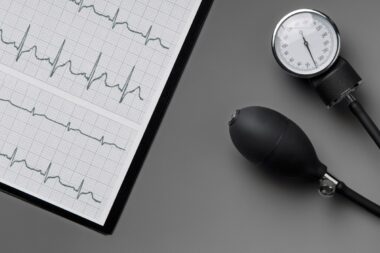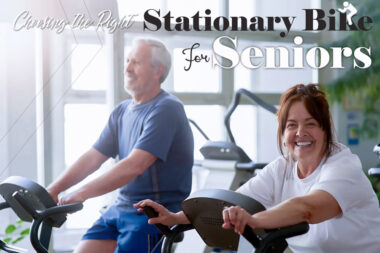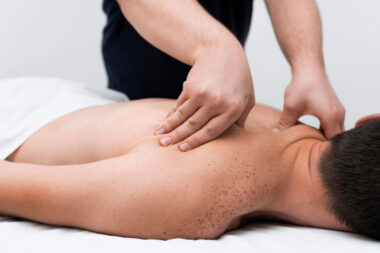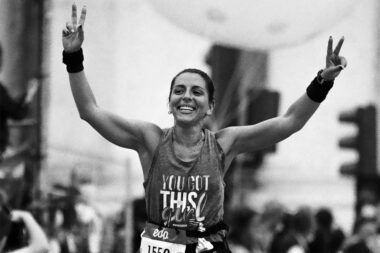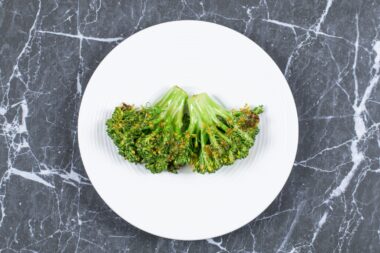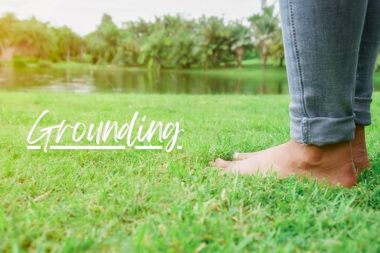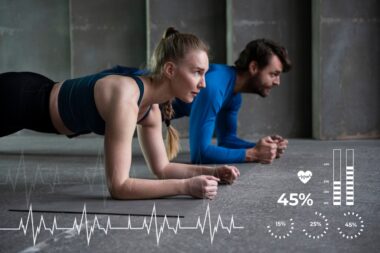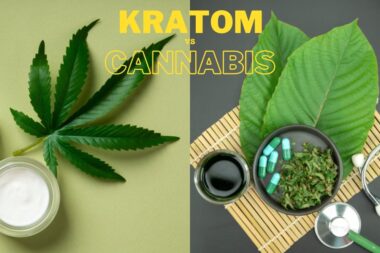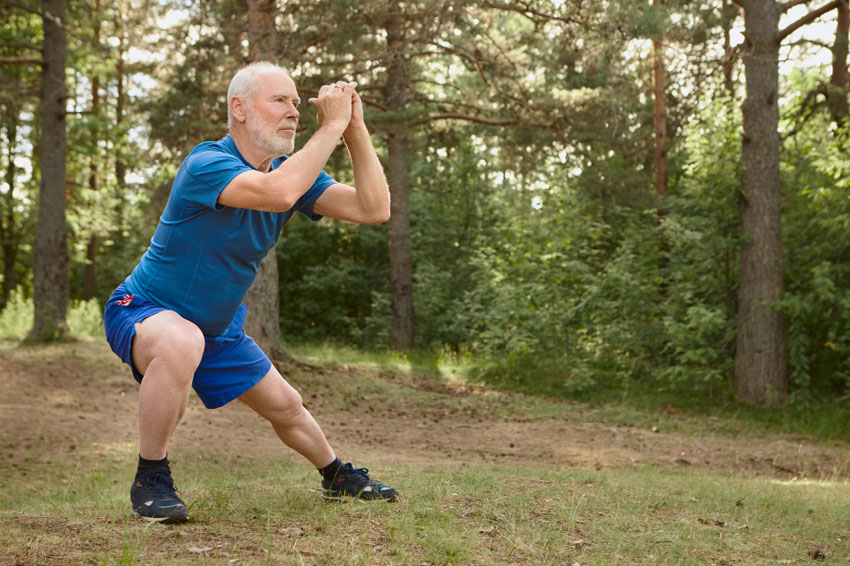Daily movement and a commitment to balanced eating might benefit your body as you grow. There are a few balanced fitness regimens that will help you get and remain particularly healthy provided you stick with them.
There are several advantages to leading a healthy, active lifestyle. Reduced stress, more body confidence, and enhanced cardiovascular health are just a few of the benefits. Regular physical exercise is essential regardless of your age or fitness level. It is never too late to begin a new workout program.
As you become older, committing to a healthy, active lifestyle can support you against aging consequences including muscle loss, lower bone density, and diminished joint mobility. However, many people feel that as we become older, our demand for movement decreases.
The reality is that as we become older, we must place greater emphasis on remaining active in order to have a decent quality of life, complete everyday chores, and preserve excellent overall health.
Using a few fundamental fitness concepts will help you tackle your workouts more effectively. There are several types of exercise that you should incorporate into your schedule.
Mentioned below are the 4 physical activity tips for healthy aging.
1. Low Impact Exercise
Slower results, easier on the body. This kind of exercise consists of exercises that apply minimum direct force to the body.
It is often the greatest sort of exercise for persons who are just starting a fitness plan or who have taken a break from exercising. It is also frequently prescribed for persons who have physical restrictions as a result of an accident.
Walking, cycling, swimming, and using a rowing machine are all examples of low-impact activities.
2. High Impact Exercise
Commonly referred to as a (sometimes aerobic) exercise. Any movement that creates a direct impact on the muscles and joints of the body is considered as high impact exercise. It normally involves having both feet off the ground at the same moment.
High-impact exercise includes activities such as jumping, hopping, and running. This sort of exercise is vital for developing strong muscles and bones.
3. Low Intensity Cardio
Also referred to as low-intensity steady state. Working out at a lower level of intensity is referred to as low intensity cardio exercise. Exercise and intensity level are strongly connected.
When you exercise at a low level, you should be able to hold a conversation while staying within 50-70% of your maximum heart rate.
4. High Intensity Cardio
Also referred to as high-intensity steady state. High-intensity exercise has become extremely prevalent in the fitness sector. This sort of exercise was once reserved for athletes; but, because of the numerous advantages linked with it, many people include high-intensity training in their weekly schedule.
High-intensity training sessions are often shorter in duration, making them a viable alternative for folks who want to see results but have limited time.
The Recommendation for Physical Activity for 16 to 64 Age
At least 150 minutes (2.5 hour) of moderate-intensity movement each week, such as brisk walking. At least two days each week of muscle-strengthening exercises. Aim for the suggested level of exercise, but be as active as you can.
We hope these physical activity tips help you immensely in healthy aging, however, we advise you to consult a physical trainer or expert before practically include them into your daily routine.
Follow our blog for more such informative articles on health and wellness. Want to write for us and share your expertise? Shoot us a mail at – connect@healthystic.com
Thumbnail Credit: Freepik

Anvi has done Bachelor’s and Master’s in Nutrition and Dietetics. She’s planning to do a Ph.D. in Public Health Nutrition moving forward.

